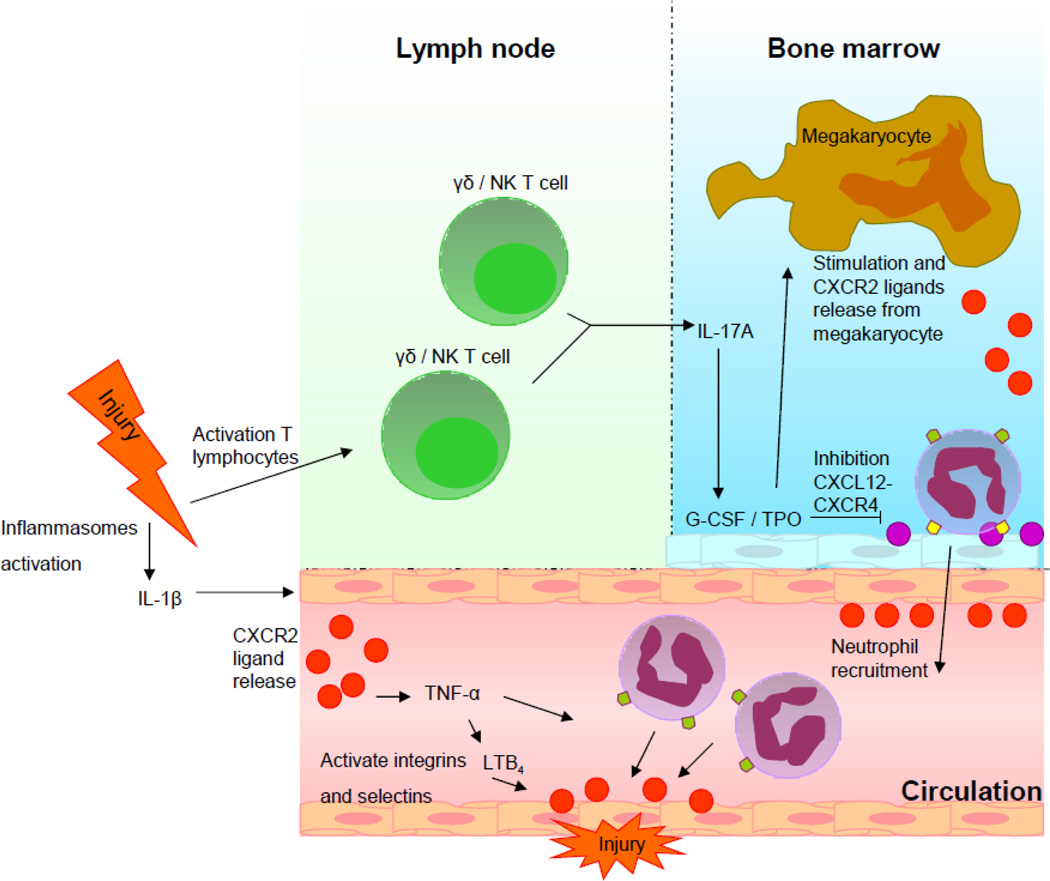Figure 2. Hypothetical model of CXCR2’s regulating role in two separate recruiting events.
- Injury activates γδ and natural killer T cells, which produces IL-17A. This induces transcription of G-CSF in the bone marrow, which activates TPO. Stimulation by TPO inhibits CXCL12-CXCR4 binding and activates the release of CXCR2 ligands from megakaryocytes. The release of the CXCR2 ligands and weakening of the CXCR2 binding, leads to mobilization of neutrophils from the bone marrow.
- Activation of inflammasomes leads to IL-1β release and stimulation of local CXCR2 ligand production, inducing a subsequential production of TNF-α and LTB4, therewith activating integrins and selectins on the endothelial cells close the site of the lesion. CXCR2 ligands are presented at the site of the lesion, creating a chemotactic gradient for the recruitment of neutrophils through the interaction of CXCR2 and CXCR2 ligands.

